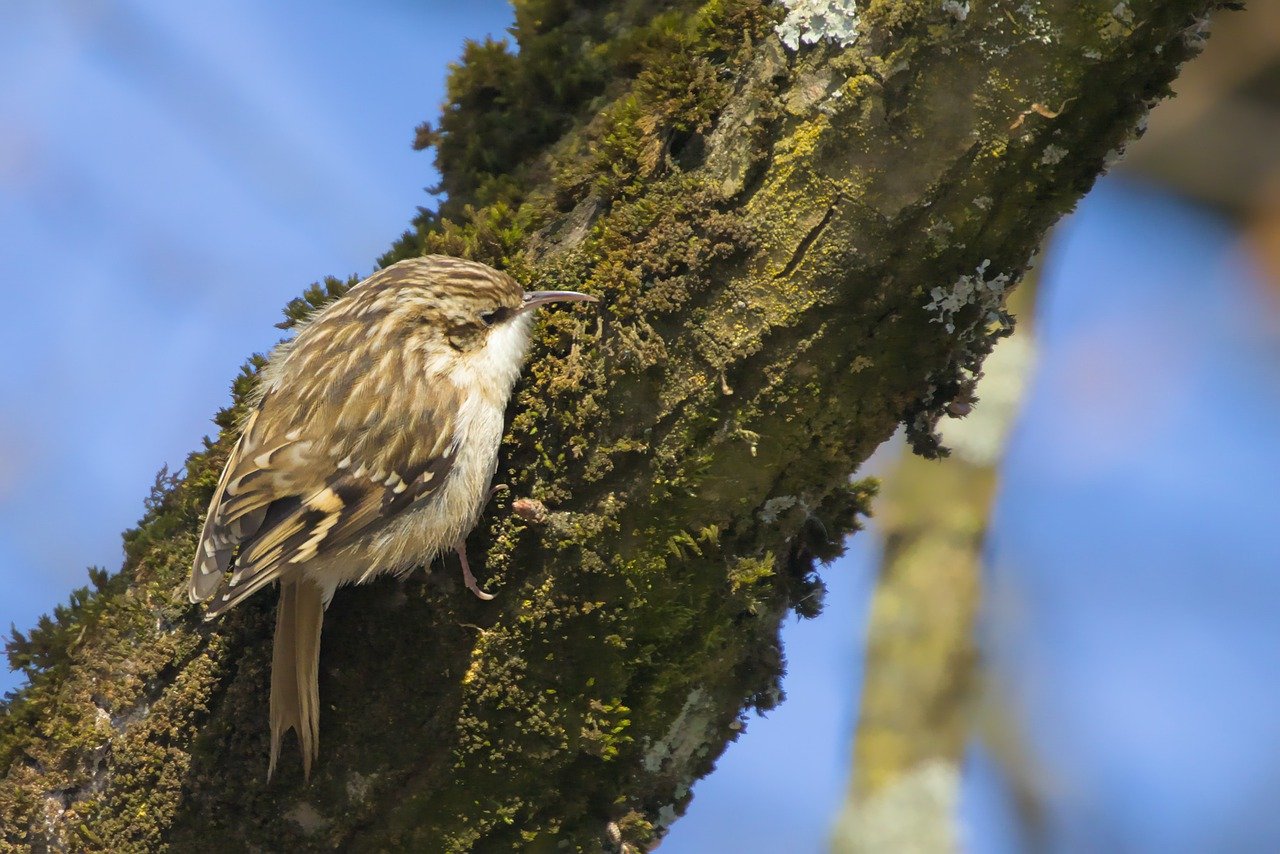First, second and replacement broods in the breeding biology of a Treecreeper Certhia familiaris population
DOI:
https://doi.org/10.34080/os.v19.22654Keywords:
breeding success, fledging success, egg volume, brood size, parental careAbstract
The breeding behaviour of a Treecreeper population that bred in nest pockets and in which all females were colour-ringed was followed over ten seasons. On average, 50% of the first breeding attempts in spring failed. Between half and two thirds of the successful females were double-brooded. The remaining females were single- brooded. These two breeding categories were identical in terms of initial clutch size and egg volume. The double-brooded females invested less in their second than their first clutch. Most of the females that failed laid replacement clutches of similar size as in the first attempt but with larger eggs. A replacement brood where young successfully fledged was never followed by a second breeding attempt. The average distance between the first and the repeat nest was the same for double-brooded and replacement-breeding females. The egg volumes of the first and the repeat clutches were strongly correlated. The double-brooded pairs were the most common breeding category and reared 50% of the population’s total output of fledged broods, while the single-brooded and replacement breeding pairs each fledged ca. 25%. The adaptive values of the three breeding categories are compared.
Downloads

Downloads
Published
How to Cite
Issue
Section
License
The copyright of each contribution belongs to the author(s), but all contributions are published under a Creative Commons license, so that anyone is free to share and reuse the contribution as long as the copyright holder is attributed.







